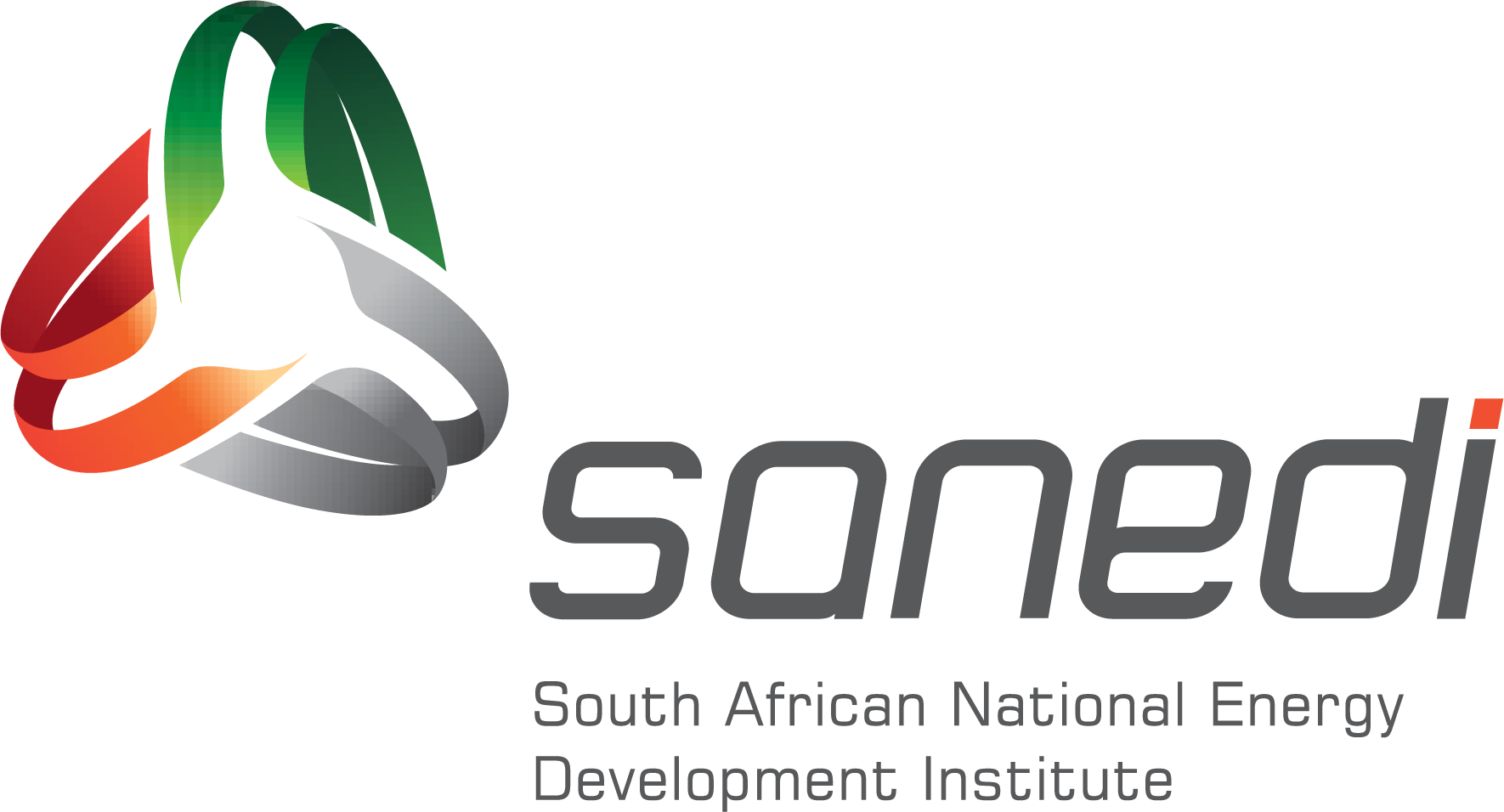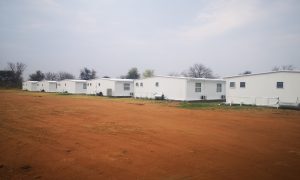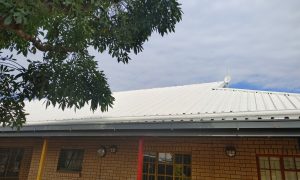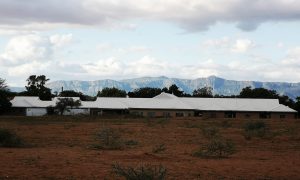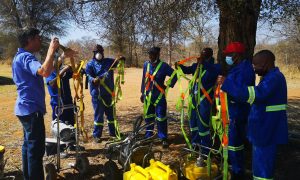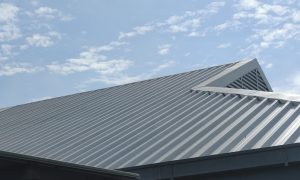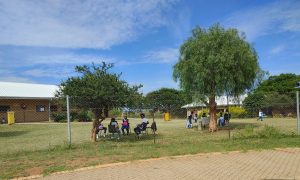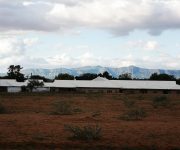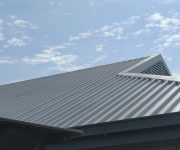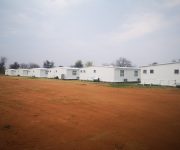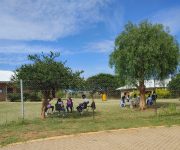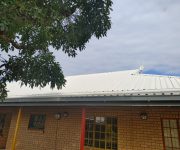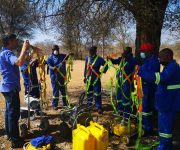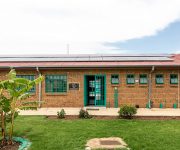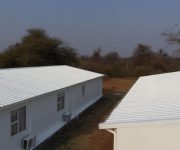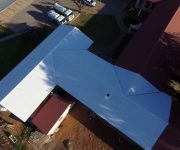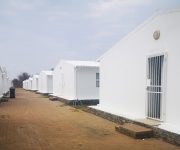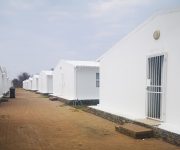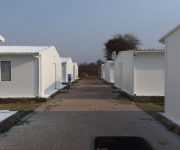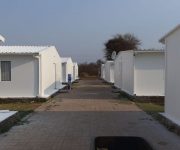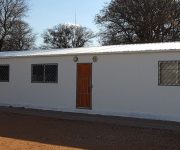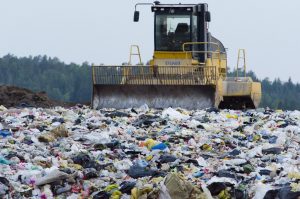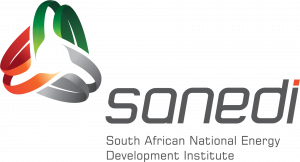The Cool Surfaces Project began as a collaboration between the South African and United States of America’s respective Departments of Energy under the Clean Energy Ministerial. The Cool Surfaces Project is the response to South Africa’s need for an energy passive, low cost, low maintenance cooling technology for buildings.
South Africa relies on coal for about 90% of its energy input, resulting in a large amount of carbon dioxide emissions. This pollution, concentrated around the power ENERGY EFFICIENCY ENERGY EFFICIENCY stations mainly in the Mpumalanga area, is not caused by the power stations alone but by all South Africans, as they are generating the pollution through their excessive use of coal-based energy. These emissions contribute to the changing climate patterns we are now seeing develop in South Africa – climate change is a reality today, not some time in the distant future. Every kilogram of coal burnt releases approximately one kilogram of carbon dioxide.
